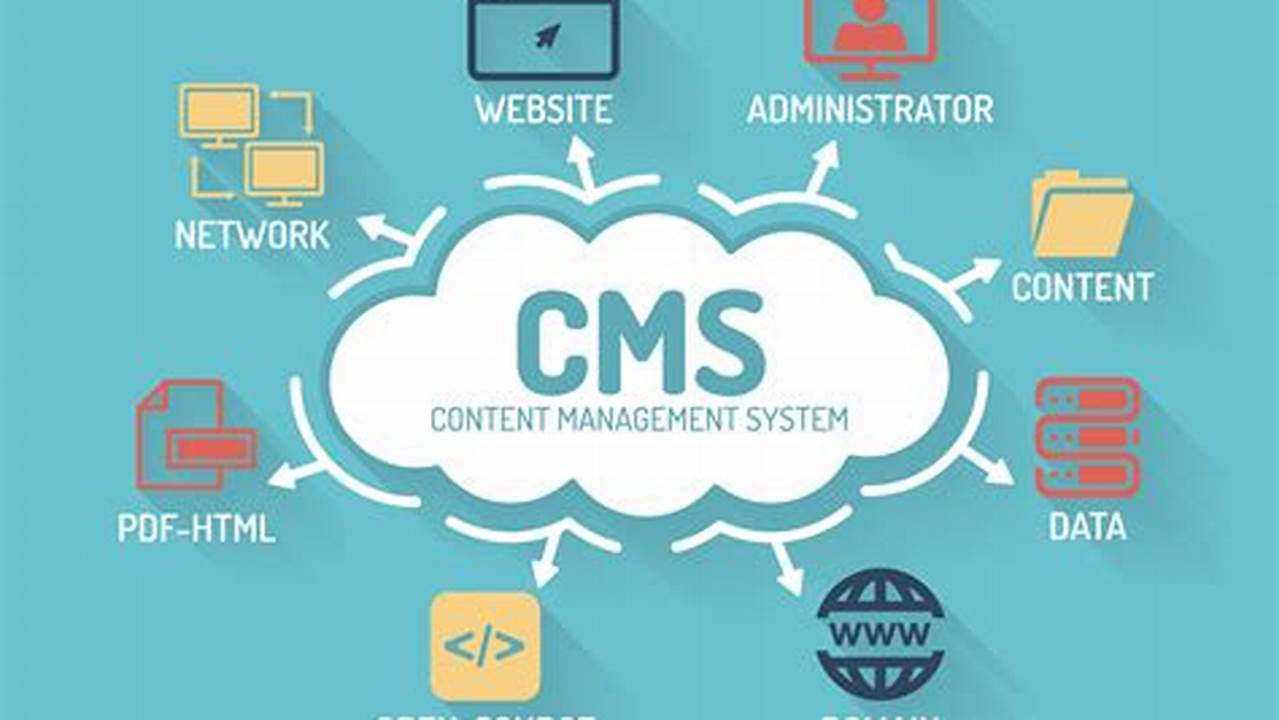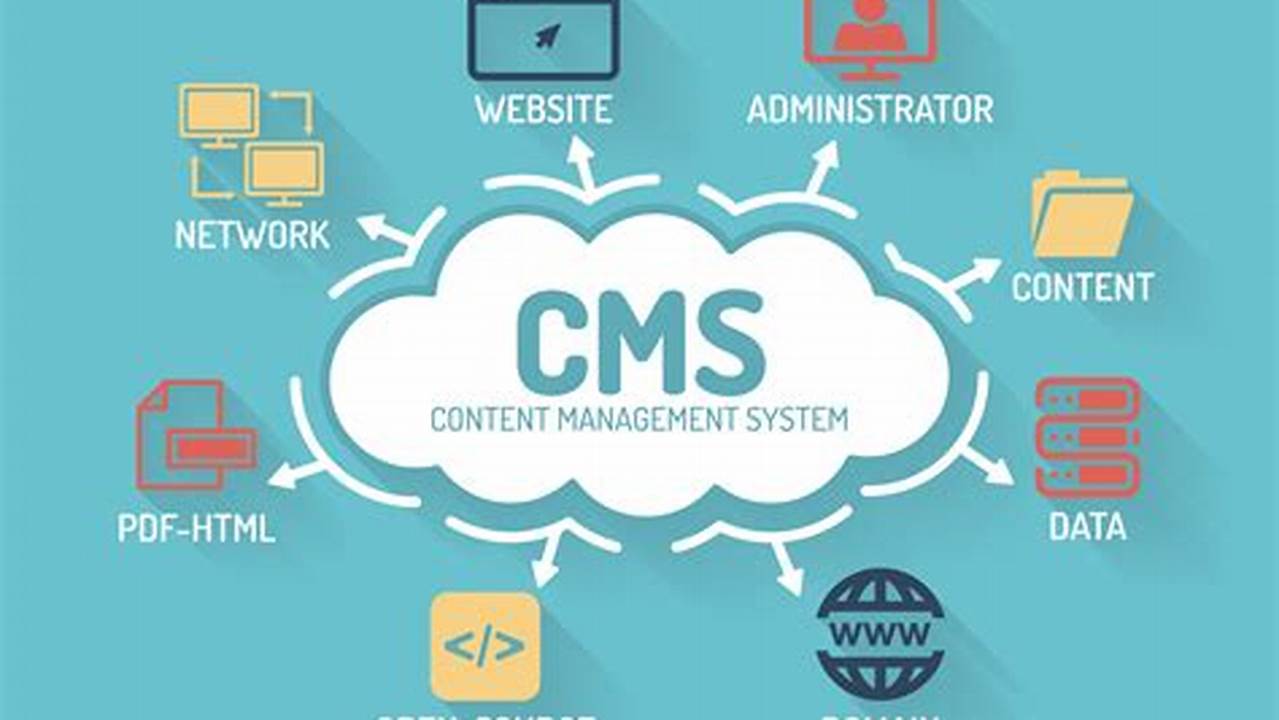Understanding the core components of web development is crucial in today’s digital landscape. A system designed for streamlined creation and modification of digital content offers significant advantages for individuals and organizations seeking an effective online presence. This approach eliminates the need for extensive coding knowledge, empowering users to manage website content efficiently. This structured framework enables collaborative content creation, modification, and organization, facilitating a dynamic and engaging online experience.
Simplified Content Creation
The system allows users to easily create and publish various content types without requiring technical expertise in coding or web development.
User-Friendly Interface
Intuitive interfaces provide easy navigation and content management, making the platform accessible to users with varying technical skills.
Collaborative Workflows
Multiple users can collaborate on content creation and editing, streamlining workflows and enhancing productivity.
Version Control
Tracking changes and reverting to previous versions of content ensures accuracy and prevents accidental data loss.
SEO Optimization
Built-in features and integrations assist in optimizing content for search engines, improving website visibility and organic reach.
Template-Based Design
Pre-designed templates offer a starting point for website design, allowing users to customize the look and feel without extensive coding.
Content Organization
Categorization and tagging features enable efficient content organization, making it easy to manage large volumes of information.
Multimedia Integration
Seamless integration of images, videos, and other multimedia elements enhances the visual appeal and engagement of website content.
Scalability and Flexibility
The system can adapt to evolving needs and accommodate growing amounts of content, ensuring long-term website viability.
Security and Access Control
Robust security features protect website content from unauthorized access and ensure data integrity.
Tips for Effective Utilization
Regular Content Updates: Fresh and relevant content keeps audiences engaged and improves search engine rankings.
Optimized Media Usage: Compressing images and optimizing videos ensures fast loading times and a positive user experience.
Structured Content Organization: Logical categorization and tagging facilitate easy navigation and content retrieval.
User Training: Providing users with adequate training maximizes the system’s potential and ensures efficient content management.
Frequently Asked Questions
How does this system differ from traditional web development?
It eliminates the need for manual coding, empowering non-technical users to manage website content effectively.
What are the key benefits for businesses?
Improved efficiency in content management, enhanced collaboration, and increased website visibility are key advantages.
Is technical expertise required to use this system?
While basic technical understanding is helpful, most platforms offer intuitive interfaces accessible to users with varying skill levels.
What types of websites can benefit from this system?
From blogs and small business websites to large e-commerce platforms, a wide range of websites can benefit from its features.
How does it improve website maintenance?
Centralized content management simplifies updates and revisions, reducing maintenance time and effort.
What are some popular examples of these systems?
WordPress, Drupal, and Joomla are among the widely used platforms available.
Leveraging the capabilities of a robust content management framework empowers individuals and organizations to establish a dynamic and engaging online presence. By streamlining content creation, enhancing collaboration, and simplifying website management, this technology provides a powerful tool for achieving digital success.



